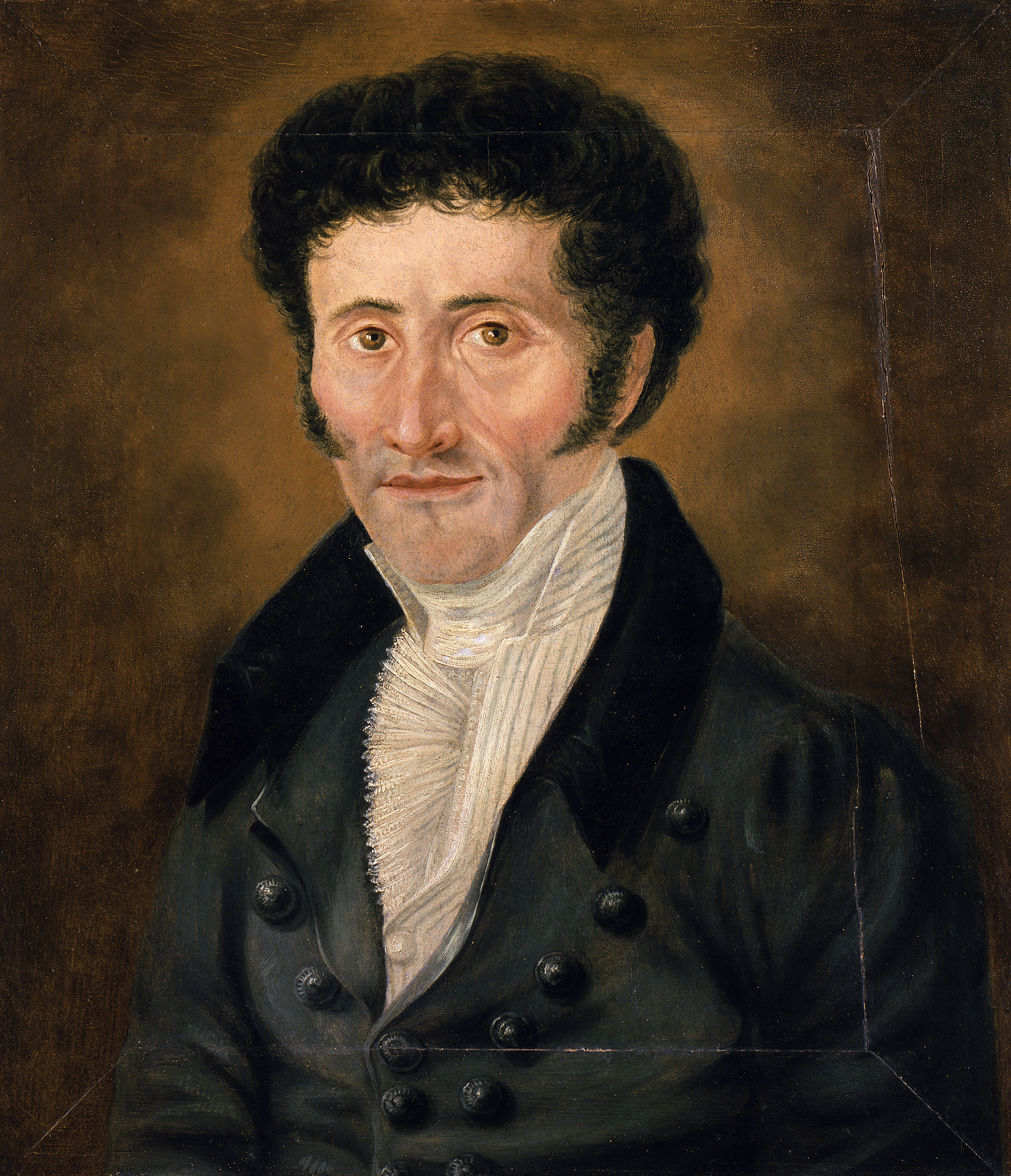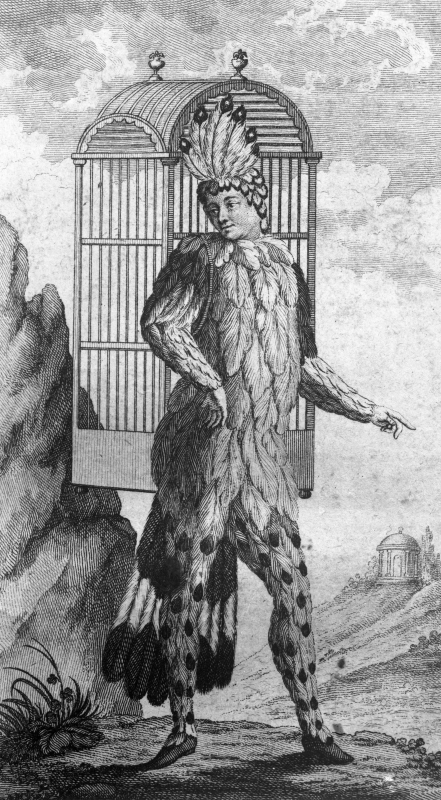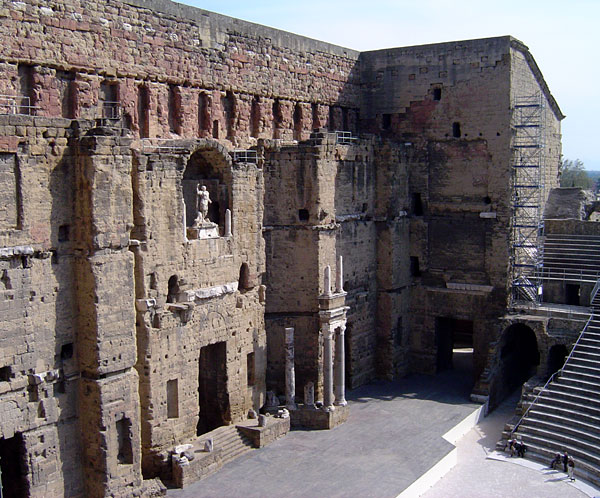|
Jodie Devos
Jodie Devos (born 10 October 1988 in Libramont-Chevigny) is a Belgian operatic soprano, the second prize winner of the Queen Elisabeth Competition in 2014. Performances * Ida and then Adèle in Strauss's ''Die Fledermaus'', Opéra Comique, 2014 *Alice in Rossini's ''Le Comte Ory'', Opéra Comique, 2014 *Rosina in Rossini's ''The Barber of Seville'', Opéra Royal de Wallonie, 2015Barbara Witkowska, « Jodie Devos en pyrotechnie », in Le Vif n°42 16/10/2015, *The title role in Delibes's ''Lakmé'', Opéra Royal de Wallonie, 2017 *The Fire, the Princess and the Nightingale in Ravel's '' L’Enfant et les sortilèges'', Opéra national de Montpellier, 2017 * Eurydice in Offenbach's ''Orpheus in the Underworld'', Opéra Royal de Wallonie, 2017 *Susanna in Mozart's ''The Marriage of Figaro'', Opéra Royal de Wallonie, 2018 *L'amour in Gluck's '' Orphée et Eurydice,'' Capitole de Toulouse, 2018 *Jemmy in Rossini's ''Guillaume Tell,'' Chorégies d'Orange, 2019 *The Queen of the N ... [...More Info...] [...Related Items...] OR: [Wikipedia] [Google] [Baidu] |
Libramont-Chevigny
Libramont-Chevigny (; wa, Libråmont) is a municipality of Wallonia located in the province of Luxembourg, Belgium. On 1 February 2015, the municipality, which covers 177.86 km², had 10,955 inhabitants, giving a population density of 61,59 inhabitants per km². The municipality consists of the following districts: Bras, Freux, Libramont, Moircy, Recogne, Remagne, Sainte-Marie-Chevigny, and Saint-Pierre. Other population centers include: The Ourthe Occidentale river originates in the municipality of Libramont-Chevigny, near the hamlet of Ourt. Notable people from Libramont-Chevigny * Nade Dieu (born 1973), actress * Jodie Devos (born 1988), operatic soprano *Fiona Ferro (born 1997), tennis player *Guillaume François (born 1990), football player * Anne-Catherine Gillet (born 1975), operatic soprano * David Henen (born 1996), football player * Marie Howet (1897–1984), expressionist Expressionism is a modernist movement, initially in poetry and painting, or ... [...More Info...] [...Related Items...] OR: [Wikipedia] [Google] [Baidu] |
Orpheus In The Underworld
''Orpheus in the Underworld'' and ''Orpheus in Hell'' are English names for (), a comic opera with music by Jacques Offenbach and words by Hector-Jonathan Crémieux, Hector Crémieux and Ludovic Halévy. It was first performed as a two-act "opéra bouffon" at the Théâtre des Bouffes-Parisiens, Paris, on 21 October 1858, and was extensively revised and expanded in a four-act "opéra féerie" version, presented at the Théâtre de la Gaîté (rue Papin), Théâtre de la Gaîté, Paris, on 7 February 1874. The opera is a lampoon of the ancient legend of Orpheus and Eurydice. In this version Orpheus is not the son of Apollo but a rustic violin teacher. He is glad to be rid of his wife, Eurydice, when she is abducted by the god of the underworld, Pluto (mythology), Pluto. Orpheus has to be bullied by Public Opinion into trying to rescue Eurydice. The reprehensible conduct of the gods of Mount Olympus#Name and mythological associations, Olympus in the opera was widely seen as a veil ... [...More Info...] [...Related Items...] OR: [Wikipedia] [Google] [Baidu] |
The Tales Of Hoffmann
''The Tales of Hoffmann'' (French: ) is an by Jacques Offenbach. The French libretto was written by Jules Barbier, based on three short stories by E. T. A. Hoffmann, who is the protagonist of the story. It was Offenbach's final work; he died in October 1880, four months before the premiere. Composition history and sources Offenbach saw a play, , written by Barbier and Michel Carré and produced at the Odéon Theatre in Paris in 1851. After returning from America in 1876, Offenbach learned that Barbier had adapted the play, which had now set to music at the Opéra. Salomon handed the project to Offenbach. Work proceeded slowly, interrupted by the composition of profitable lighter works. Offenbach had a premonition, like Antonia, the heroine of Act 2, that he would die prior to its completion. Offenbach continued working on the opera throughout 1880, attending some rehearsals. On 5 October 1880, he died with the manuscript in his hand, just four months before the opening. ... [...More Info...] [...Related Items...] OR: [Wikipedia] [Google] [Baidu] |
Fantasio (opera)
''Fantasio'' is an 1872 opéra comique in 3 acts, 4 tableaux with music by Jacques Offenbach. The French libretto by Paul de Musset was closely based on the 1834 play of the same name by his brother Alfred de Musset. The opera found little success in Offenbach's lifetime, was revived in the 1930s and performed in a critical edition in the 2000s. Background The Musset play was published in the Revue des deux Mondes in 1834 and first performed at the Comédie-Française, Paris in 1866 where it was seen 30 times.Yon, Jean-Claude. ''Jacques Offenbach.'' Éditions Gallimard, Paris, 2000. Two "new" works were scheduled for the Salle Favart (Opéra-Comique) in 1872 as it regained momentum after the Franco-Prussian War and the Commune; ''Fantasio'' by Offenbach and '' les Noces de Figaro'', Mozart's opera after Beaumarchais, which entered the Opéra Comique repertoire that February.Soubies A, Malherbe C. ''Histoire de l'opéra comique — La seconde salle Favart 1840–1887.'' Fla ... [...More Info...] [...Related Items...] OR: [Wikipedia] [Google] [Baidu] |
Ariadne Auf Naxos
(''Ariadne on Naxos''), Opus number, Op. 60, is a 1912 opera by Richard Strauss with a German libretto by Hugo von Hofmannsthal. The opera's unusual combination of elements of low commedia dell'arte with those of high opera seria points up one of the work's principal themes: the competition between high and low art for the public's attention. First version (1912) The opera was originally conceived as a 30-minute divertissement to be performed at the end of Hofmannsthal's adaptation of Molière's play ''Le Bourgeois gentilhomme.'' Besides the opera, Strauss provided Le bourgeois gentilhomme (Strauss), incidental music to be performed during the play. In the end, the opera occupied ninety minutes, and the performance of play plus opera occupied over six hours. It was first performed at the Staatsoper Stuttgart, Hoftheater Stuttgart on 25 October 1912, directed by Max Reinhardt. The combination of the play and opera proved to be unsatisfactory to the audience: those who had come ... [...More Info...] [...Related Items...] OR: [Wikipedia] [Google] [Baidu] |
Richard Strauss
Richard Georg Strauss (; 11 June 1864 – 8 September 1949) was a German composer, conductor, pianist, and violinist. Considered a leading composer of the late Romantic music, Romantic and early Modernism (music), modern eras, he has been described as a successor of Richard Wagner and Franz Liszt. Along with Gustav Mahler, he represents the late flowering of German Romanticism, in which pioneering subtleties of orchestration are combined with an advanced harmony, harmonic style. Strauss's compositional output began in 1870 when he was just six years old and lasted until his death nearly eighty years later. While his output of works encompasses nearly every type of classical compositional form, Strauss achieved his greatest success with tone poems and operas. His first tone poem to achieve wide acclaim was ''Don Juan (Strauss), Don Juan'', and this was followed by other lauded works of this kind, including ''Death and Transfiguration'', ''Till Eulenspiegel's Merry Pranks'', ''Als ... [...More Info...] [...Related Items...] OR: [Wikipedia] [Google] [Baidu] |
Opéra Bastille
The Opéra Bastille (, "Bastille Opera House") is a modern opera house in the 12th arrondissement of Paris, France. Inaugurated in 1989 as part of President François Mitterrand's '' Grands Travaux'', it became the main facility of the Paris National Opera, France's principal opera company, alongside the older Palais Garnier; most opera performances are shown at the Bastille along with some ballet performances and symphony concerts, while Palais Garnier presents a mix of opera and ballet performances. Designed by Uruguayan architect Carlos Ott, it is situated facing Place de la Bastille. It may seat 2,723 people in total, with a main theatre, concert hall and studio theatre. History Background and construction The idea of a new "popular and modern" opera house in Paris first arose in the 1880s, only years after the opening of the Palais Garnier. It would remain virtual for a century and reemerge periodically due to the recurrent "crisis at the Opera" and to the limitation ... [...More Info...] [...Related Items...] OR: [Wikipedia] [Google] [Baidu] |
The Magic Flute
''The Magic Flute'' (German: , ), K. 620, is an opera in two acts by Wolfgang Amadeus Mozart to a German libretto by Emanuel Schikaneder. The work is in the form of a '' Singspiel'', a popular form during the time it was written that included both singing and spoken dialogue. The work premiered on 30 September 1791 at Schikaneder's theatre, the Freihaus-Theater auf der Wieden in Vienna, just two months before the composer's premature death. Still a staple of the opera repertory, its popularity was reflected by two immediate sequels, Peter Winter's '' Das Labyrinth oder Der Kampf mit den Elementen. Der Zauberflöte zweyter Theil'' (1798) and a fragmentary libretto by Johann Wolfgang von Goethe titled '' The Magic Flute Part Two''. The allegorical plot was influenced by Schikaneder and Mozart's interest in Freemasonry and concerns the initiation of Prince Tamino. Enlisted by the Queen of the Night to rescue her daughter Pamina from the high priest Sarastro, Tamino comes ... [...More Info...] [...Related Items...] OR: [Wikipedia] [Google] [Baidu] |
Chorégies D'Orange
The ''Chorégies d'Orange'' is a summer opera festival held each August in Orange located about 21 kilometres north of Avignon in southern France. Performances are presented in the ancient Roman theatre, the Théâtre Antique d'Orange, the original stage wall of which has remained intact, creating a semi-circular auditorium which seats 9,000. A festival began in Orange in 1860 and was held periodically, but it was only after the Roman theatre was restored in 1869 that it became the location of a popular “Roman Festival” which celebrated the glory of Rome and included a performance of Méhul’s opera, ''Joseph''. All the major players of the French classical stage appeared in the Orange festivals, including Sarah Bernhardt who played “Phèdre” in 1903. In 1902, the festival was given a new name, the “Chorégies,” and it was planned to take place annually. The name comes from the Greek χορηγός ''khorêgós'' "choir leader." Until 1969, the Chorégies consisted ... [...More Info...] [...Related Items...] OR: [Wikipedia] [Google] [Baidu] |
William Tell (opera)
''William Tell'' (french: Guillaume Tell, link=no; it, Guglielmo Tell, link=no) is a French-language opera in four acts by Italian composer Gioachino Rossini to a libretto by Victor-Joseph Étienne de Jouy and L. F. Bis, based on Friedrich Schiller's play '' Wilhelm Tell,'' which, in turn, drew on the William Tell legend. The opera was Rossini's last, although he lived for nearly 40 more years. Fabio Luisi said that Rossini planned for ''Guillaume Tell'' to be his last opera even as he composed it. The often-performed overture in four sections features a depiction of a storm and a vivacious finale, the "March of the Swiss Soldiers". Paris Opéra archivist Charles Malherbe discovered the original orchestral score of the opera at a secondhand book seller's shop, resulting in its being acquired by the Paris Conservatoire. Performance history ''Guillaume Tell'' was first performed by the Paris Opéra at the Salle Le Peletier on 3 August 1829, but within three performanc ... [...More Info...] [...Related Items...] OR: [Wikipedia] [Google] [Baidu] |
Capitole De Toulouse
300px, The Capitole back side The Capitole de Toulouse ( oc, Capitòli de Tolosa, link=no; ), commonly known as the ''Capitole'', is the heart of the municipal administration of the French city of Toulouse and its city hall. __NOTOC__ History and description It is not the same Capitol as the one where St Saturninus was martyred, the latter referring to the Capitoline temple of the Roman city, while the first buildings of the current Capitole were erected on this site in the 12th century. The ''Capitouls'' (governing magistrates) of Toulouse embarked on the construction of the original building in 1190 to provide a seat for the government of a province growing in wealth and influence. The name "Capitole" referred not only to the Roman Capitol but also to the ''capitulum'', which was the chapter of the governing magistrates. It was a centre of contention during the 1562 Toulouse Riots, with Huguenot forces holding it with captured cannon. In the first half of the 19th ce ... [...More Info...] [...Related Items...] OR: [Wikipedia] [Google] [Baidu] |
Orphée Et Eurydice
' (; French: '; English: ''Orpheus and Eurydice'') is an opera composed by Christoph Willibald Gluck, based on the myth of Orpheus and set to a libretto by Ranieri de' Calzabigi. It belongs to the genre of the ''azione teatrale'', meaning an opera on a mythological subject with choruses and dancing. The piece was first performed at the Burgtheater in Vienna on 5 October 1762, in the presence of Empress Maria Theresa. ''Orfeo ed Euridice'' is the first of Gluck's "reform" operas, in which he attempted to replace the abstruse plots and overly complex music of ''opera seria'' with a "noble simplicity" in both the music and the drama. The opera is the most popular of Gluck's works, and was one of the most influential on subsequent German operas. Variations on its plot—the underground rescue mission in which the hero must control, or conceal, his emotions—can be found in Mozart's ''The Magic Flute'', Beethoven's ''Fidelio'', and Wagner's ''Das Rheingold''. Though originally ... [...More Info...] [...Related Items...] OR: [Wikipedia] [Google] [Baidu] |








.jpg)